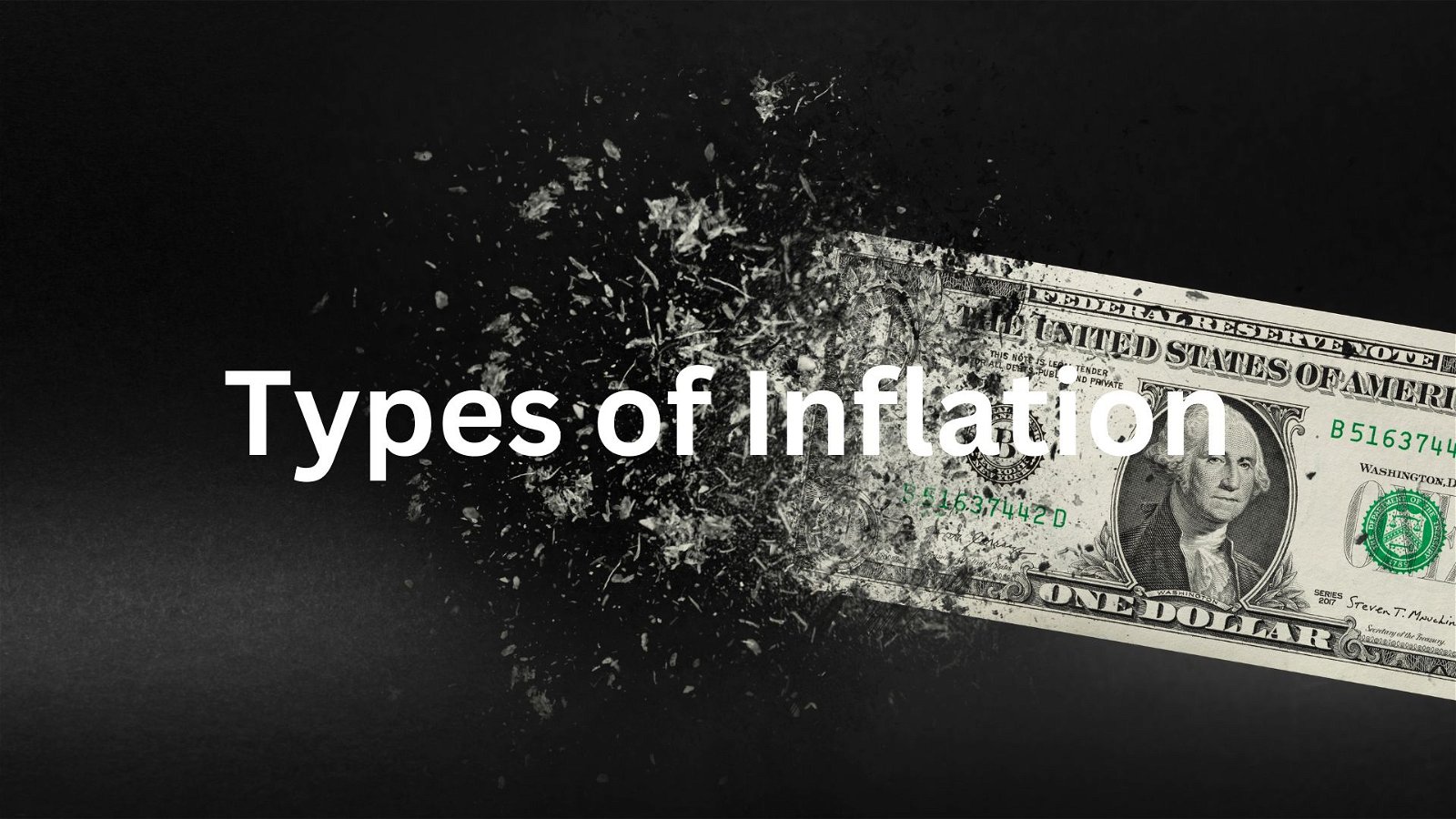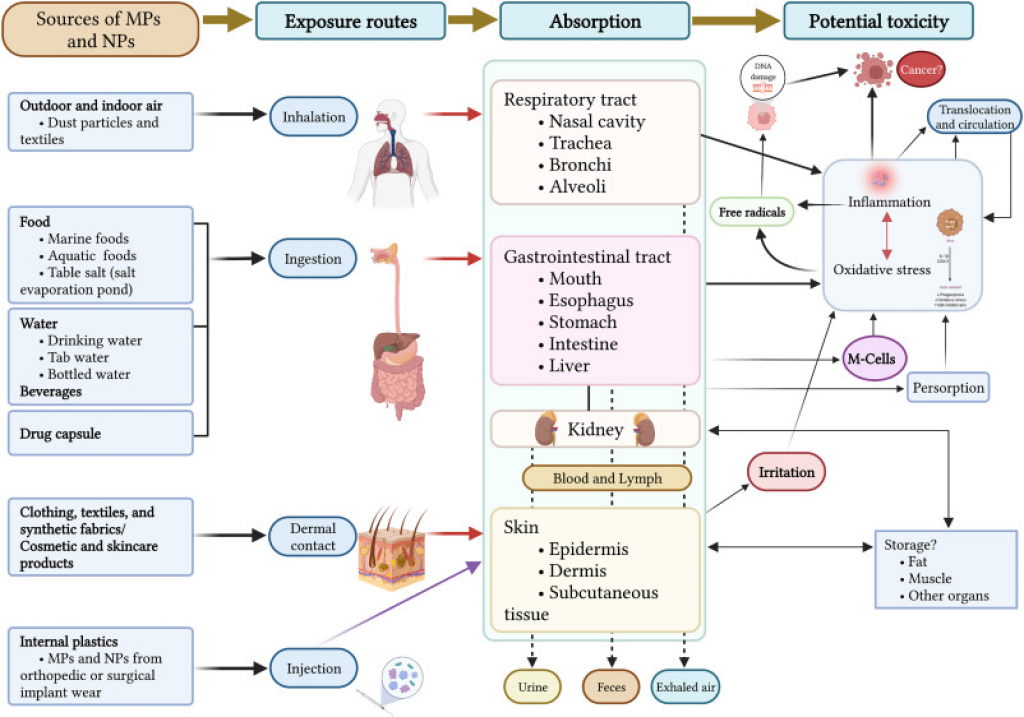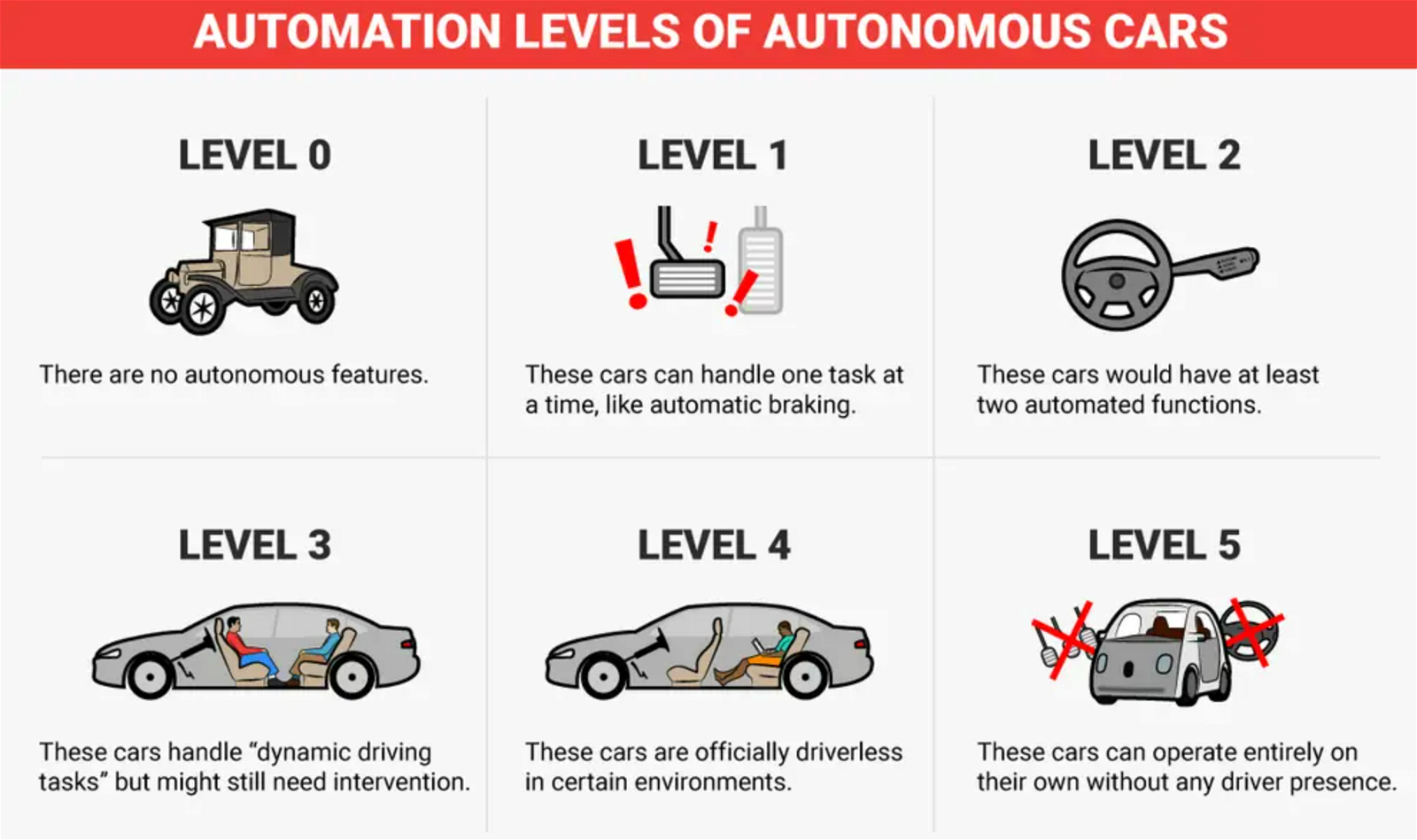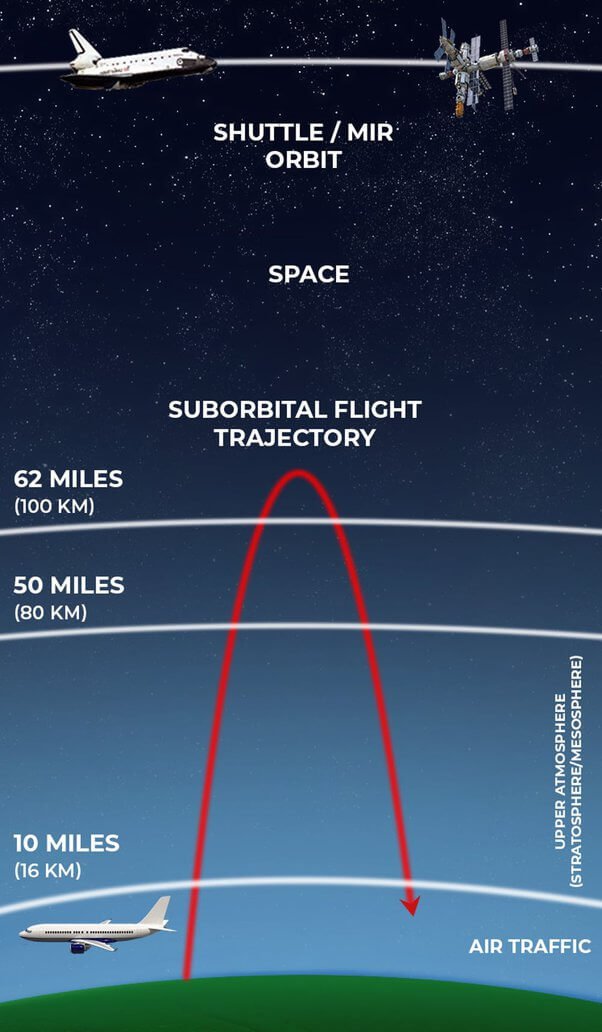
Higgs Boson
Subscribers of "Current Affairs" course can Download Daily Current Affairs in PDF/DOC
Subscribe to Never Miss an Important Update! Assured Discounts on New Products!
Must Join PMF IAS Telegram Channel & PMF IAS History Telegram Channel
- Context (TH): Nobel prize-winning physicist Peter Higgs has passed away at the age of 94. He proposed the existence of the “God particle“, also known as the Higgs boson.
- Peter Higgs and five other theorists proposed the Higgs boson in 1964 to explain why certain particles have mass.
- Scientists confirmed its existence in 2012 through the ATLAS and CMS experiments at the Large Hadron Collider (LHC) at CERN in Switzerland.
- This discovery led to the 2013 Nobel Prize in Physics being awarded to Higgs and Englert.
- LHC produces collisions with extremely high energies to replicate conditions after the Big Bang.
Higgs Boson
- It is the fundamental particle associated with the Higgs field, a field that gives mass to other fundamental particles such as electrons and quarks.
- Without it, atoms wouldn’t stick together, and there would be no stars, planets or us.
- According to the Standard Model of particle physics, particles gain their mass by interacting with a field called the Higgs field.
- The Higgs field is hypothesised to exist everywhere in space, even in a vacuum, and has a non-zero value.
- Particles like photons, which make up light, interact weakly with the Higgs field and have no mass.
- Particles like electrons and quarks, which make up protons and neutrons, interact strongly with the Higgs field and acquire mass.
- Experiments conducted at the Large Hadron Collider (LHC) at CERN in 2012 confirmed the existence of the Higgs boson.
- The Higgs boson could lead to discoveries of new particles or reveal connections between forces we never knew existed.
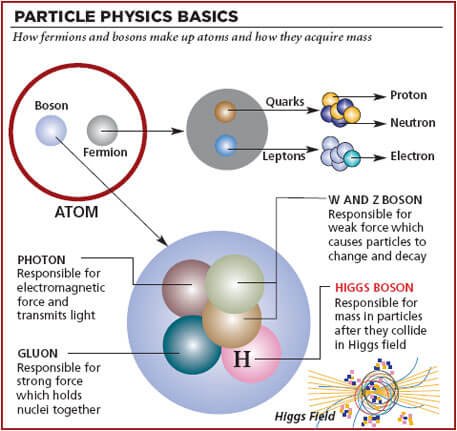
Standard Model of Particle Physics
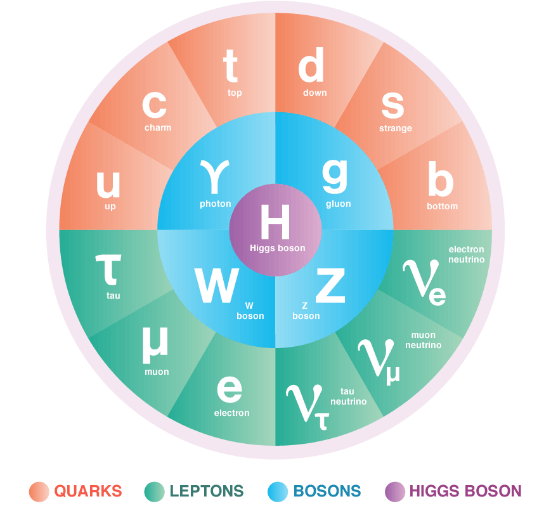
- The Standard Model comprises 17 fundamental particles. Only the electron and the photon were known a century ago.
- These 17 fundamental particles are categorised into two groups: fermions and bosons.
Fermions – Building Blocks of Matter
- There are 12 fermions, including six quarks and six leptons.
- Quarks and leptons are the basic constituents of matter.
- Electrons, a type of lepton, are familiar particles found in atoms.
Bosons
- Five bosons are responsible for interactions between matter.
- They carry three of the four fundamental forces: strong force, weak force, and electromagnetism.
Roles of Bosons
- The gluon mediates the strong force, binding quarks to form larger particles.
- The W and Z bosons facilitate the weak force involved in radioactive decay.
- The photon carries the electromagnetic force, which is responsible for magnetism, electricity, and atomic interactions.
|





![PMF IAS Environment for UPSC 2022-23 [paperback] PMF IAS [Nov 30, 2021]…](https://pmfias.b-cdn.net/wp-content/uploads/2024/04/pmfiasenvironmentforupsc2022-23paperbackpmfiasnov302021.jpg)
